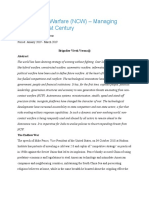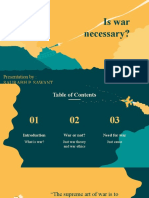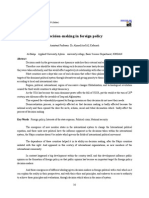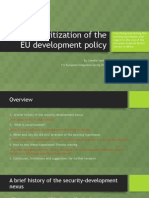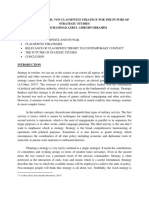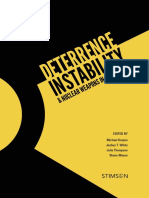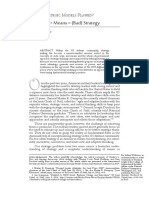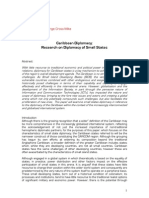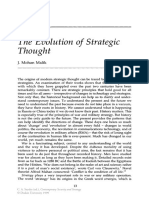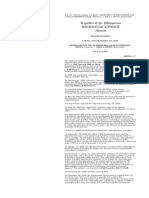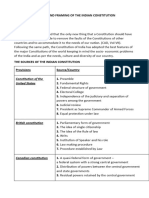0% found this document useful (0 votes)
308 views8 pagesDeterrence Theory
Deterrence became central to international security after WWII due to nuclear weapons. It involves threatening retaliation to discourage attacks. It was crucial throughout the Cold War to maintain stability between the US/NATO and Soviet blocs. Deterrence relies on credibility of threats and resolve to follow through. While generally effective during the Cold War, it remains imperfect and stability could be disrupted by misperceptions or mistakes.
Uploaded by
johnCopyright
© © All Rights Reserved
We take content rights seriously. If you suspect this is your content, claim it here.
Available Formats
Download as PDF, TXT or read online on Scribd
0% found this document useful (0 votes)
308 views8 pagesDeterrence Theory
Deterrence became central to international security after WWII due to nuclear weapons. It involves threatening retaliation to discourage attacks. It was crucial throughout the Cold War to maintain stability between the US/NATO and Soviet blocs. Deterrence relies on credibility of threats and resolve to follow through. While generally effective during the Cold War, it remains imperfect and stability could be disrupted by misperceptions or mistakes.
Uploaded by
johnCopyright
© © All Rights Reserved
We take content rights seriously. If you suspect this is your content, claim it here.
Available Formats
Download as PDF, TXT or read online on Scribd
/ 8

















